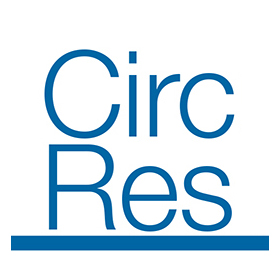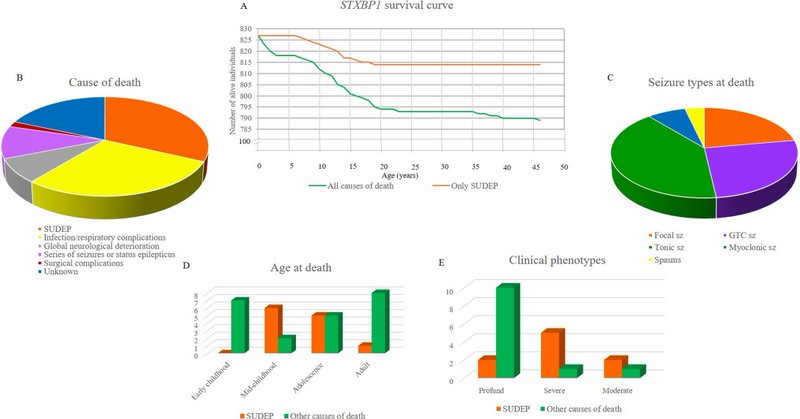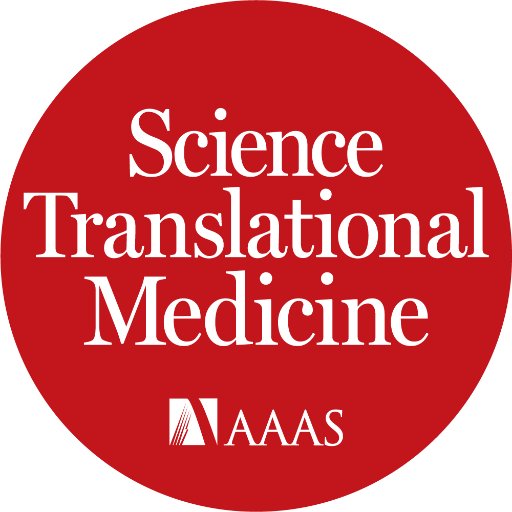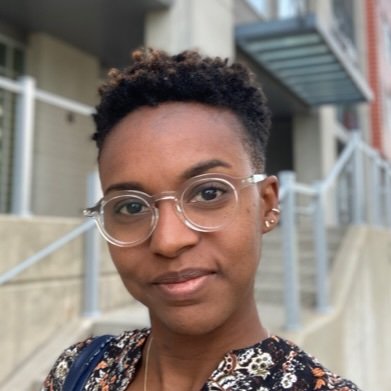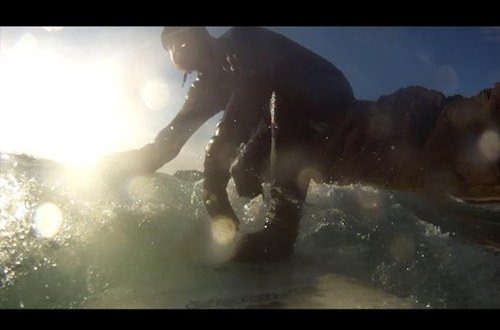
Ben Prosser
@Prosser_Lab
Followers
2K
Following
1K
Media
75
Statuses
406
Assoc. Prof @PennMedicine | Rare-disease dad. Trying to fix hearts AND brains. Myocytes, Microtubules, Heart Failure | ASOs, RNA, NeuroDevelopmental Disorders.
Philadelphia
Joined March 2020
What a privilege to have the team and opportunity to try and help my daughter and those like her live healthier, fuller lives. We will be a relentless force for good against #RareDisease. @IngoHelbig @lab_davidson @ChildrensPhila @PennMedicine
35
37
364
Prof. Benjamin L. Prosser and his team at the @Prosser_Lab at @PennMedicine are researching the heart on a molecular level. Learn more about how his personal story motivated him to work on transformative cardiac and gene research. Visit https://t.co/IeOEPY0z95
#Health
0
9
17
@LucieCarrier84 lab provide evidence that targeting #tubulin #tyrosination could be a novel approach for improving heart function in patients with #HCM. Learn more at https://t.co/6FzAYF4rXO
@Prosser_Lab @mcaporizzo @CyxChristina @dirkwestermann @LucasBacmeister
0
9
18
This study, conducted in close collaboration with @curestxbp1, aimed to identify the rate & causes of early mortality in #STXBP1-related disorders. These results are important for family & prognostic counselling💜 @FrancescaFuria_ @Elegardella 👏 https://t.co/8WqyAWJqTg
link.springer.com
Neurological Sciences - Pathogenic variants in STXBP1 cause a spectrum of disorders mainly consisting of developmental and epileptic encephalopathy (DEE), often featuring drug-resistant epilepsy....
0
6
19
$$$ for #RareDisease research! RFAs for 35 different rare disorders through the @ODC_UPenn, including 2 x $70K grants available to @curestxbp1 courtesy of Lulu's Crew :) Info and app link here: https://t.co/agZMdLsrGr
0
6
11
Small molecules that inhibit vasohibins and alpha-tubulin #detyrosination can promote myocardial relaxation and counteract heart muscle cell stiffness in a rat model of #HeartFailure with preserved ejection fraction. @MarguliesLab @Prosser
https://t.co/pfvLktEr6T
0
6
11
Want to know more about what ENDD is doing for rare 🧠disorders like @cureSYNGAP1 and @curestxbp1? Updated website here! https://t.co/LwbLZe0v6V
@ChildrensPhila @PennMedicine @lab_davidson @IngoHelbig @EAHellerPhD
1
7
25
Next big step - determine chronic efficacy (and safety!) with sustained treatment to prevent progression of HFpEF (and other forms of HF). Awesome effort from @tweetineaton @MCaporizzo and Ben Lee.
1
1
8
In vivo, overnight VASHi was well tolerated, and improved ventricular relaxation and diastolic function in advanced HFpEF. (opinion - that's pretty cool for just targeting a microtubule PTM!) 4/5
1
1
8
ZSF1-Obese rats capture many features of human HFpEF. Ex vivo, we found that VASH inhibition (VASHi) lowered cardiomyocyte stiffness and improved relaxation in HFpEF cardiomyocytes. 3/5
1
0
3
Microtubule detyrosination (dTyr) is increased in human heart failure, and contributes to cardiac stiffening. We tested a new, potent small molecule inhibitor of the detyrosinase (VASH) to see if it could lower stiffness and improve function in a rat model of HFpEF. 2/5
1
2
8
Can we "drug" microtubule modifications to lower cardiac stiffness and improve function in #HFpEF? Out now in @ScienceTM , w/ long time collabs in @MarguliesLab 1/5 https://t.co/gtcpuo7dFI
2
18
70
@Prosser_Lab @Rongtian2 The traditional #GRC soccer game ⚽️ 🥅 #GRCcardiac2024
#CardiacRegMechanisms
#ColbySawyerCollege
0
2
16
Check out our new paper @jclinicalinvest by the great @Ramihdd and @shkedio. We show that the protein RPSA is required for ribosome localization, localized translation, and the maintenance of the sarcomere.
0
4
16
Happy birthday Lu! 6 years - and now standing by yourself! I have too many feelings to tweet, so I'll just say THANK YOU to everyone who has supported Lucy, or who is fighting to improve the lives of those with #raredisease. Keep going.
3
1
96
Keep going Brett.
Someone asked me about the scratches I had on my faces during a recent video. Living life trying to @cureSYNGAP1 isn't always easy, but Emmitt's always worth it.
0
0
7
Don't miss the premier conference for fundamental and translational cardiac research! Program in link, still with open talk slots to be selected from abstracts. #CardioTwitter @Rongtian2 @KimHellgren @Heart4Carolina
https://t.co/3aUr2tpXkl
0
10
48
These are BEAUTIFUL 👏tissue mechanics in living myocardial slices by the Caporizzo Lab. They define (with precision) how targeting microtubules can improve cardiac function by facilitating relaxation and early diastolic filling.
Excited about our latest work in @JMCCPlus showing colchicine improves diastolic performance in myocardial slices. Congrats @EmmaleighHancoc and thanks to Brad Palmer, @IonOptix , @UVMLarnerMed , and @uvmcvri for making this possible! https://t.co/wb2o6q8wPT
0
0
12
Happy #RareDiseaseDay! Lucy, 5, #STXBP1, working HARD on that first word (Hiiiiiii!) and independent steps. Effortlessly bringing all the sunshine ☀️
3
9
114
Deadline alert! March 17th is the last day to submit your abstract for oral presentation consideration at the Gordon Research Conference on Cardiac Regulatory Mechanisms this June. Don't miss your chance to showcase your research! #CardiacScience #GRC #GRS
https://t.co/61Q7XbVJHd
1
9
9
Rat cardiomyocyte stained with SiR-actin (magenta) & hoechst (cyan) imaged at high frame rate showing nucleus strain during contraction! Don't miss your chance to read the amazing associated preprint "Microtubule forces drive nuclear damage in LMNA cardiomyopathy" from
@AmiadDaria developed a novel assay to measure how cytoskeletal strain is transferred to the nucleus during the contraction and relaxation of the heart muscle cell. (🧵2/5)
0
4
25


